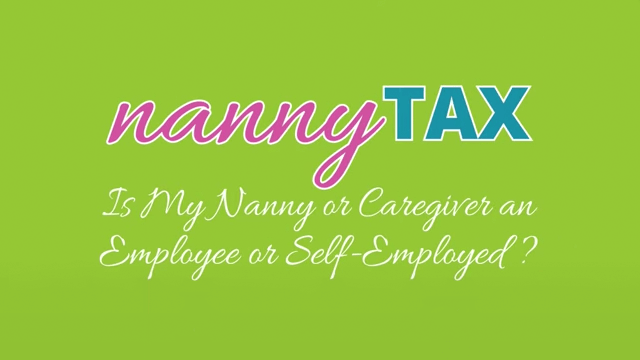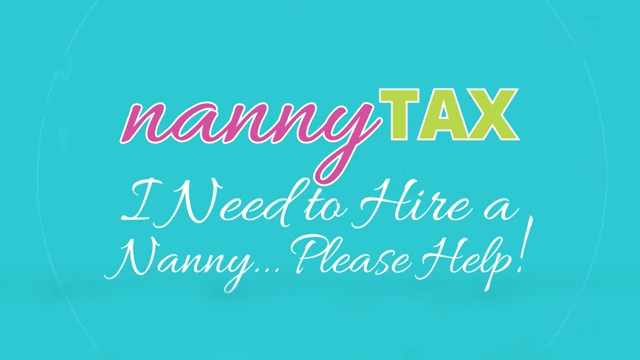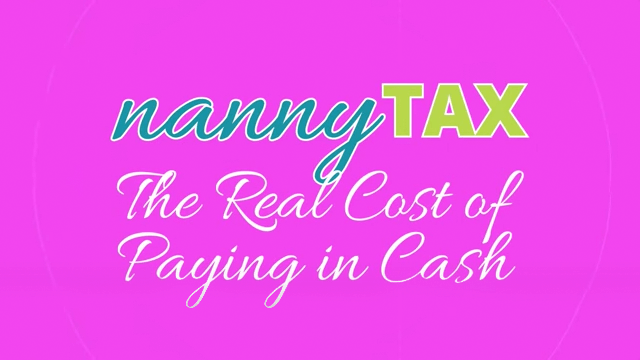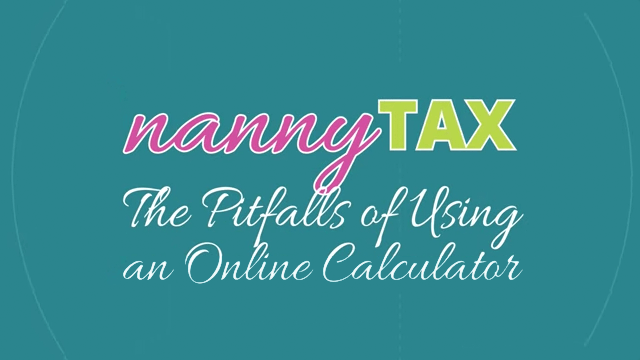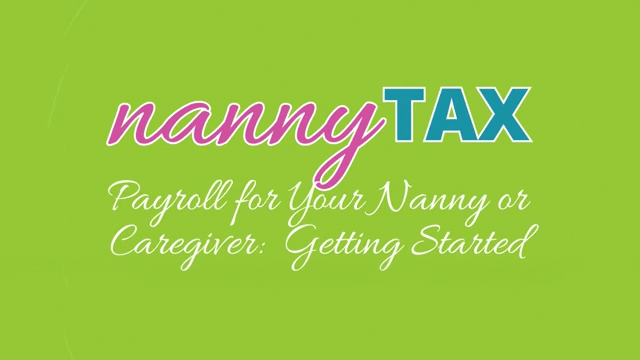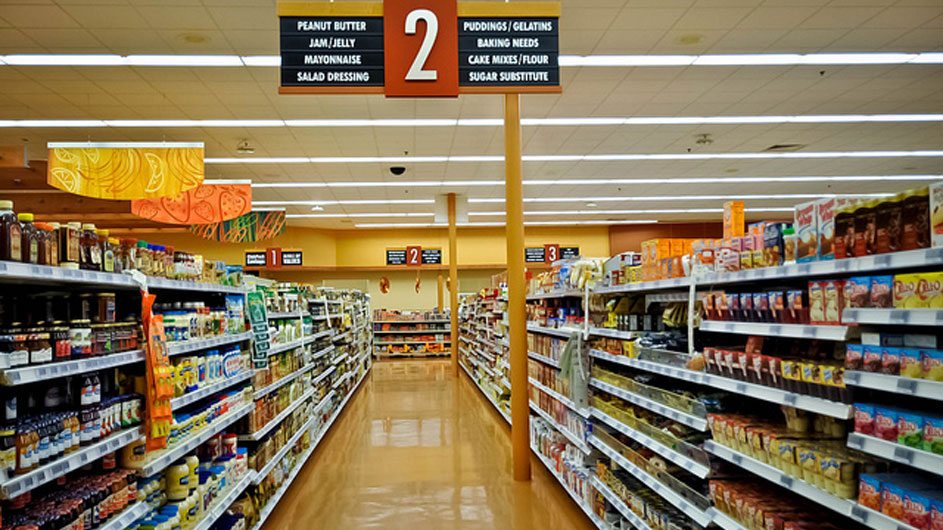
Guest Post: Be a Label Reader
Labels. We see it on practically everything in our lives. But how many of us actually read or spare even a glance at them? They are not secretive or mystifying, but for some, reading a label can be as daunting as learning the secrets of the Dalai Lama.
When it comes to buying food, label reading is as essential as washing your hands or drinking water. Because how can we rely on what’s inside that neat packaging on the shelf if we don’t know what we’re putting inside our bodies? Ingredients and nutritional labels were created for the main purpose of letting consumers know what they’re actually buying. When the Fair Packaging and Labeling Act was enacted over 40 years ago, people became heavily reliant on what companies must lawfully indicate on their packaging. But many of us still wonder if ALL the ingredients are listed on there and whether they are true or not. Just as the USDA’s Organic labeling goes, I expect on good faith that companies out there are actually truthful about what they put in their products because if they were found to be fraudulent, they’d lose not only tons of money, but consumers as well.
I became diligent about reading product labels many years ago and especially when I was pregnant. I remember when shopping with my friends or family they’d sigh deeply as I stand there holding a package in my hands and examining like it’s a rare diamond. But I just as dutifully tell them the main reasons why I must read those labels and the truth is simple: to know what I’m buying. Knowledge is power and can help you make intelligent choices in life.
However, in order to truly know what you’re buying, you have to read the labels carefully. And it’s only after you’ve known the company for a long time would it be practical to gloss over their future products. In a recent article in Better Nutrition magazine, the article stresses that just reading labels and finding out what a product is made of isn’t enough. If you are truly thorough about what you are buying and eating, then you’d have to look at the “other” contents. And that’s the nutritional content listing in order: serving size, calories, daily value guide (fat, sodium, and cholesterol), sugar, vitamins and mineral, and the percentage of daily values. Oftentimes we may just look at the ingredients, but we forget about the nutritional content and it’s those factors that help us determine how much of the actual food product we should eat.
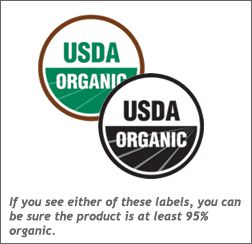
Whether you’re reading product labels for health reasons or simply because you’re fed up with all the hidden meanings behind the packaging, the main purpose should be because you want to be in control of what you’re buying. When you’re feeding your family you shouldn’t have to worry what those five syllable ingredients mean on that can of sauce you just purchased. In fact, it makes me shudder just to think there are ingredients out there that are unpronounceable. Of course certain multi-syllable words are indeed nature made, but it can still be a bit frightening. That’s why the number one rule in buying any food product should be: the least amount of ingredients the better. Just as easily as we can make our own spaghetti sauce with some tomatoes, garlic, and seasonings, so should the list of ingredients be on that jar of pasta sauce we see in the stores.
But what does it mean when we see all those vitamins and minerals added into a product? Are they safe and necessary? Well, as more processed foods are predominant in the US, companies started adding vital minerals and vitamins into their products due to the stripping of certain nutrients during the manufacturing process. Sadly, Americans still don’t get enough proper nutrition on a daily basis and rely heavily on packaged goods. While most packaged foods are healthy enough for you, it’s imperative to know what is inside that package and if you should buy it.
It may take me a bit longer when buying groceries and personal products than most people, but I rely on my label reading proficiency to determine whether I should buy a product or not. And I happily teach my son to do the same. Even my husband, who had never cared about reading labels before we met got in the habit of doing so when he went grocery shopping. I make it a habit to read ingredient labels as well as the product claims on the packaging. If they say less sugar, I’d want to know just how much less it is than the other leading brand. And if they say “natural”, which is a really loose term, I’d want to know how they define the description natural.
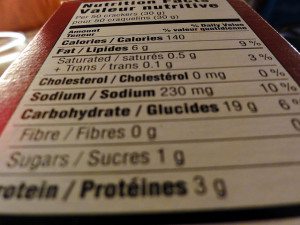
It’s up to us the consumers to educate not only ourselves, but the companies out there providing us with the products we need. If we stay true to what we want to provide for our kids, then we must decide if it’s worth it to buy that popsicle made with FD&C Blue or FD&C Red. Not to mention that there are ill side effects in digesting an abundance of artificial ingredients, but they have also been known to cause certain health risks. In the long run, it’s worth the extra five minutes it takes to read the labels and decide for yourself whether you really need that product or not.
So the next time you’re at the grocery store and you’re tempted by that pretty packaging, be sure to turn it around and read the actual nutritional label and ingredients list. Much like a pretty face, once you get to know the inside, that’s when you really decide if it’s worth it.
About the Author:
Suzan Chiang believes that Superman grew up eating healthy foods on his farm. It was the catalyst to his biggest evolution. In real life, Suzan applies the knowledge that healthy foods and healthy products leads to a healthier lifestyle. As a mom, she advocates on the importance of eating well and doing good for the planet. She has been a freelance writer for over 20 years on various topics and continues to write about important topics close to her heart.






